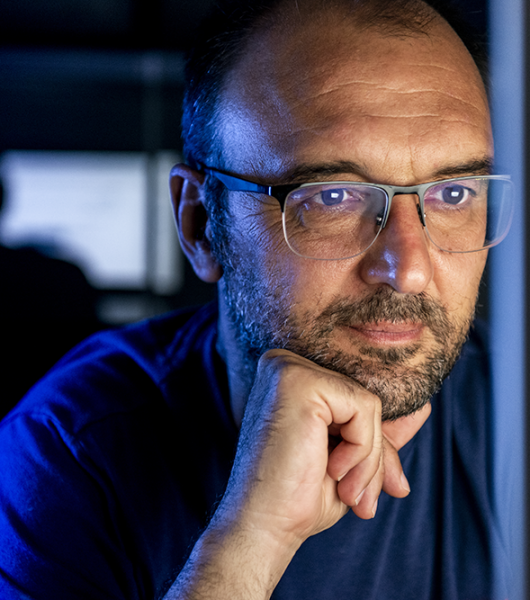How dengue fever spreads
The prestigious scientific journal Nature Communications published the paper "Quantifying the spatial spread of dengue in a non-endemic Brazilian metropolis via transmission chain reconstruction". Among the authors, the FBK researchers Giorgio Guzzetta and Stefano Merler
Dengue fever is one of the diseases transmitted by mosquitoes that in recent times have spread outside the tropical areas of origin, where they are endemic. For example, before 2010, the last cases transmitted in Europe dated back to 1928; repeated episodes of local dengue transmission in France and Croatia, and a major outbreak on the Portuguese island of Madeira. Understanding how the infection spreads in space and in time to implement effective and economically efficient intervention strategies. Recent results have shown that in these contexts, over 70% of infections are contracted within a radius of 500 meters from the infected place of residence and that the area affected by an epidemic outbreak increases its diameter by about 600 meters per month. The application of insecticides in the planned areas can, in any case, be transmitted within one month from the case that started the fire may be longer due to the cases of pollution and the reduction of the area involved.
These important conclusions have come from Giorgio Guzzetta, Roberto Rosà and Stefano Merler from Epilab, the joint research unit recently created by the Bruno Kessler Foundation and the Edmund Mach Foundation in the field of quantitative epidemiology of emerging diseases. The study was conducted in collaboration with the researchers of the Federal University of Minas Gerais (Brazil) and analyzed the spread of dengue in Porto Alegre, one of the few Brazilian metropolis remained, until a few years ago, free from the virus thanks to a temperate climate, similar to that of our latitudes. As was the case in Europe, even in Porto Alegre, health authorities began recording the first sporadic cases of transmission in 2010, and since 2013 there have been numerous outbreaks involving at least three thousand people in various areas of the city.
Using innovative statistical techniques, the researchers were able to reconstruct the sequence of transmission events, that is, “who has infected who”, and from this is information on spatial and temporal information of the infection.
“The species of mosquitoes that transmit dengue to Porto Alegre rarely move at distances greater than 100 meters, so our results are that the contagion occurs mainly through the movements of people”, explains Stefano Merler. “In particular, the main responsibles are short trips on foot or by bike around their homes, rather than long commuting journeys made by public transport. However, transmissions that occasionally occur along greater distances favour the triggering of new outbreaks in different areas of the same urban area or even in other cities “.
“Information on transmission distance is crucial for optimizing treatment protocols with insecticides in order to avoid new outbreaks or to limit those in progress”, adds Roberto Rosà. “For example, it allows us to understand which is the optimal area to be treated to limit the infection, taking into account the inevitable delay times needed to identify the epidemic and the logistics organization of the interventions. These results can also lead to disinfestation on our territory: in fact, tiger mosquitoes can be carriers of tropical diseases, as shown by the 2007 Italian and Chinese chikungunya epidemics. “
